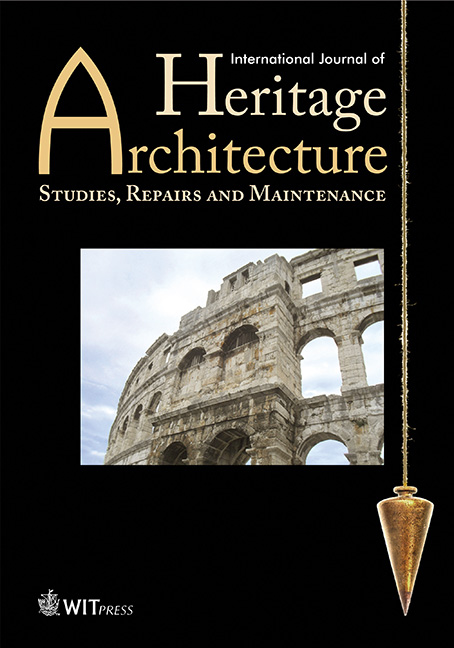Recording and analyzing the pathology in Ottoman mosques
Price
Free (open access)
Volume
Volume 2 (2018), Issue 4
Pages
10
Page Range
485 - 495
Paper DOI
10.2495/HA-V2-N4-485–495
Copyright
WIT Press
Author(s)
M. Loukma & M. Stefanidou
Abstract
The Ottoman mosques are an important piece of the historic and cultural heritage of Greece. They are robust and austere structures and served as religious centers during a specific period of time, while some of them have been used for different purposes over the centuries. Currently, they belong to the Ministry of Culture and are designated as historical monuments. Nevertheless, serious issues regarding their preservation status need to be dealt with.
A group of nine mosques that have not been restored and maintain their morphology is recorded in the present study. The way they were built, the environment of the monuments, the building materials, the interventions and the natural disasters create the context of the pathology of these constructions. Therefore, recording and studying the process of deterioration is crucial for the establishment of compatible restoration measures.
The present study focuses on mapping the pathology of the Ottoman mosques that are scattered in the region of Macedonia, North Greece. The study indicates that the above-mentioned factors result in structural problems of a geometric form, i.e. loss of material, declinations due to movements and mechanical problems due to cracks, render loss, disintegration, salt gathering etc. These damages are mainly caused due to abandonment and the aging of construction materials, as well as the lack of sys- tematic maintenance. Important factors of disintegration are, also, the biological factor and the humidity coming from the roof, which in most cases has been destroyed, or rising from the ground
Keywords
construction materials, domed mosques, material deterioration, Ottoman mosques, pathology.




